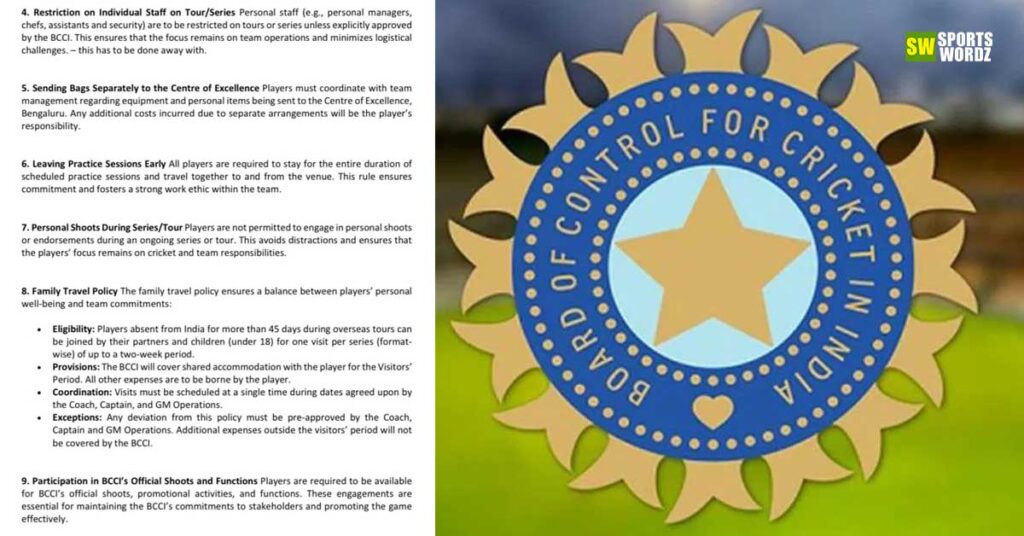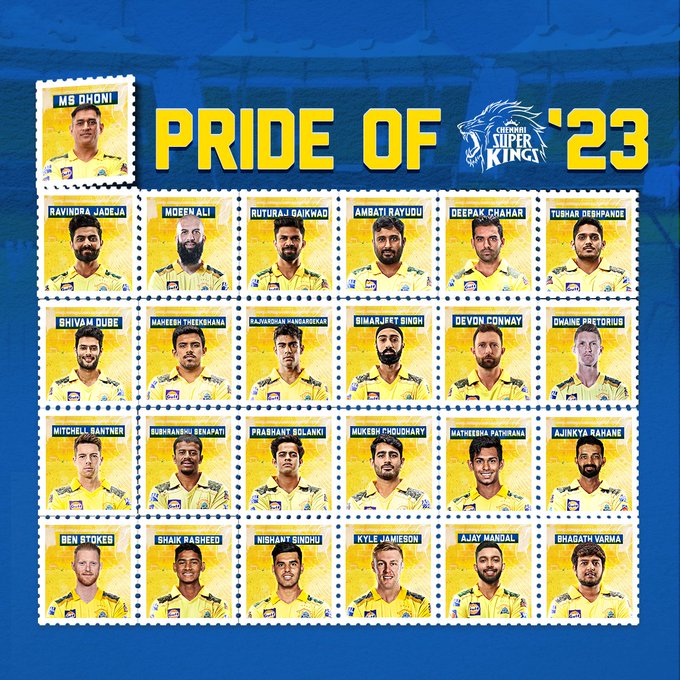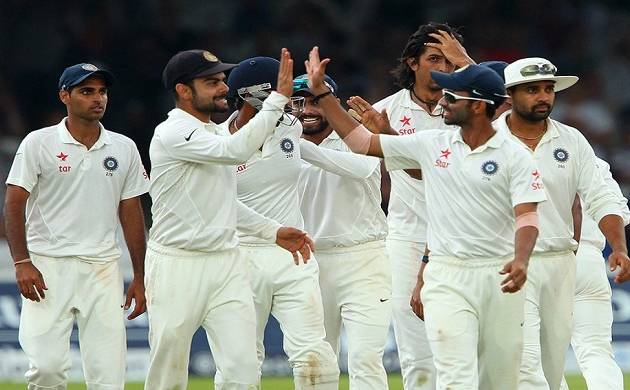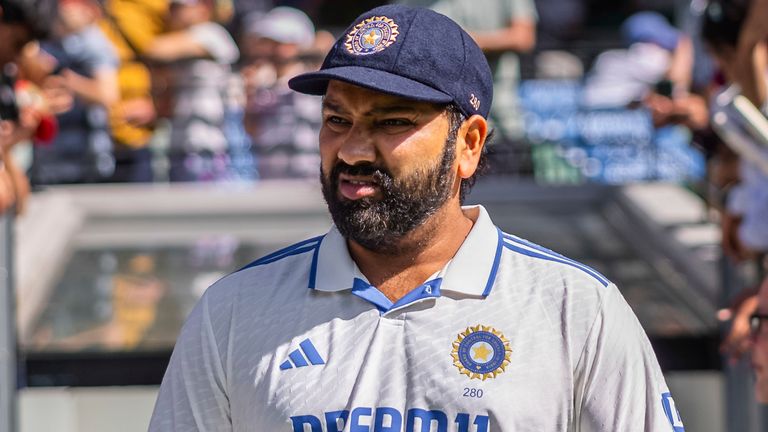The BCCI is at it again. They have come up with a brand new set of rules for the players to follow. This happens whenever there was a disastrous series. Hence, this is not new for that generation that have seen it already. Be that as it may, it must be said that the Indian players need to be disciplined. They need to be told to follow certain rules because almost all of them have become high profile and are not willing to follow certain procedures and protocols. It has got to a point where players like Ishan Kishan and Shreyas Iyer, had the audacity to disobey the diktat of the BCCI to appear for their respective state teams in the Ranji Trophy. IPL has contributed to the arrogance of the players.
Anyone who has played in the IPL for about 10 years, must have earned a good amount of money and they are content in turning up for their franchises rather than the national team. Laying rules is onething but implementing them is quite another. This is where BCCI lacks. The BCCI and their rules, will they have the wherewithal to strictly implement what they have preached?
The old rulebook
Quite awhile ago, if I remember correctly, I think it was after the 2007 ODI World Cup debacle, BCCI issued similar set of rules that the players had to follow. One among them was a rule that stated that the players would not endorse more than 2 products. At that time, there was a growing chorus of voices that felt that it was because of the range of endorsements that the players indulge themselves in, their performances suffered. It was felt that the players lacked focus and are always on some commercial shoot. Hence, this rule was included.
What happened after that? Within a few years, one can see that the players were endorsing lots of brands. Nowadays, a Virat Kohli, Rohit Sharma or Bumrah are endorsing more than 10 products and a lot of the rest, not less than 5. Where has the rule gone? It has been quietly watered down. This is what happens with the BCCI. All that it takes is for India to win the Champions Trophy and the England series. The moment they do that, these guidelines will be quietly forgotten. I agree that winning in England is a tall order for this Indian team but miracles cannot be ruled out.
I could see it already. It is that I could foresee that these rules will be quietly forgotten. In about a couple of years time, whatever indiscipline that has creeped into the behaviour of the players, will make a strong comeback. One of the problem is the superstars of the team against whom the BCCI is powerless.
The Rules
Nevertheless, let me try to analyse every rule that the BCCI has prescribed.
The BCCI called for a review meeting after the twin humiliating defeats to New Zealand and Australia. Gautham Gambhir the coach, Rohit Sharma the captain, Ajit Agarkar the chief selector and Devajit Sakia the BCCI secretary were all present. The document was prepared at that meeting. It is a 10-point guideline document for India’s contracted men in a bid to promote what the BCCI calls, “discipline, unity and a positive team environment”. This essentially means that the BCCI admits that there is a lack of discipline and the team environment is vitiated. I do not mind the lack of unity because sporting teams are not meant to be unified all the time.
They are diverse individuals from various walks of life. Some are rich whereas some are poor. As such, differences are bound to happen. Australian teams of the past were not unified. ,There are a lot of examples. Hence, a lack of unity is not the problem. What matter is that are they unified when they step onto the ground? Does the entire team take pride in the success of each other? Do they all pull in the same direction? Do they support each other on the field? That is the difference between victories and defeats.
Players cannot travel separately
What prompted this guideline? Instances of the players travelling on their own to the series, to the venue rather than with the team on the team bus and some players not spending enough time with the group in training sessions. All along, we the supporters were under the impression that everyone travels in the same bus to all the games. Just about 2 months ago, I saw the entire team on the bus after the day’s play at Bangalore. It has now emerged that this is not always the case. This has been a revelation that not all players are equal. The BCCI has also given a caveat to this rule. If the head coach or the chief selector approves, they can very well travel on their own.
Why would the BCCI lay one guideline and give means to break the same guideline? This is nonsense. If Rohit or Kohli or Bumrah or one of the superstar asks, neither the head coach nor the chief selector will have the courage to deny them permission. BCCI must have said that everyone travels on the team bus for all the games without exception. Special cases will not be encouraged. It must have been the end of the story. Not for the BCCI though. They need to give loopholes.
First part of the BCCI and their rules
Nevertheless, this is much needed. Players just must not be allowed to travel on their own to match venues or on tours. The game could be held at their home city but that doesn’t mean that they travel from their home. Team environment is important. Travelling on the team bus is mandatory. This also includes practice sessions. In the case of optional nets session, the players who choose not to attend the session, can be exempted. I am not able to understand the concept of optional nets session in the first place. Anyway, I do not know whether travelling on the team bus for all the games will build cohesion but it will certainly mean that all the players are equal. Outside of the game, they can be left on their own.
Other blogs about BCCI
https://icricketcritique.com/roger-binny-the-new-bcci-president/
https://icricketcritique.com/one-more-warning-for-the-administrators/
https://icricketcritique.com/removal-of-the-entire-indian-selection-panel/
https://icricketcritique.com/the-role-of-a-cricket-captain/
https://icricketcritique.com/rohit-dravid-the-team-and-the-board/
https://icricketcritique.com/the-curious-case-of-sarfaraz-khan/
https://icricketcritique.com/the-importance-of-the-ranji-trophy/
https://icricketcritique.com/increased-pay-for-the-indians/
https://icricketcritique.com/is-it-the-end-for-seniors/



